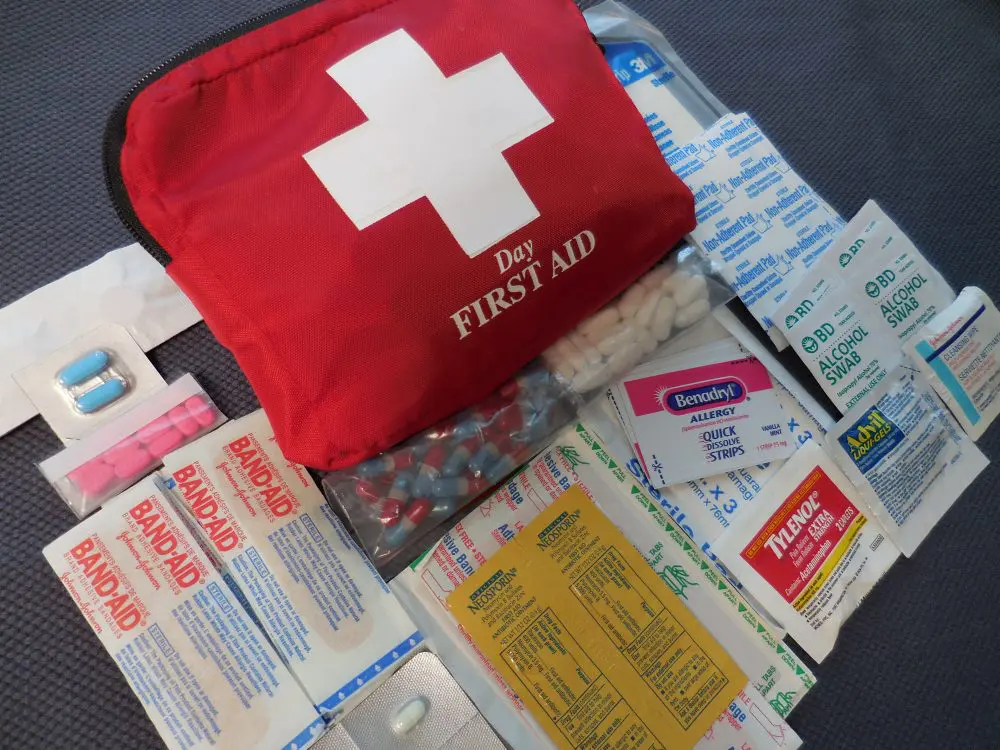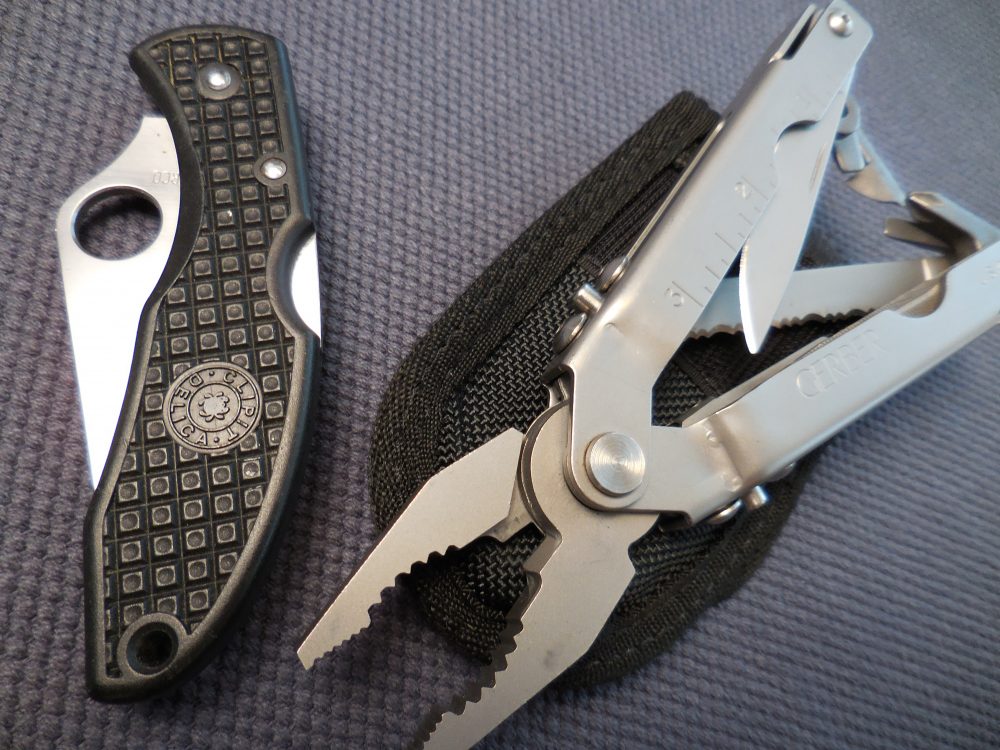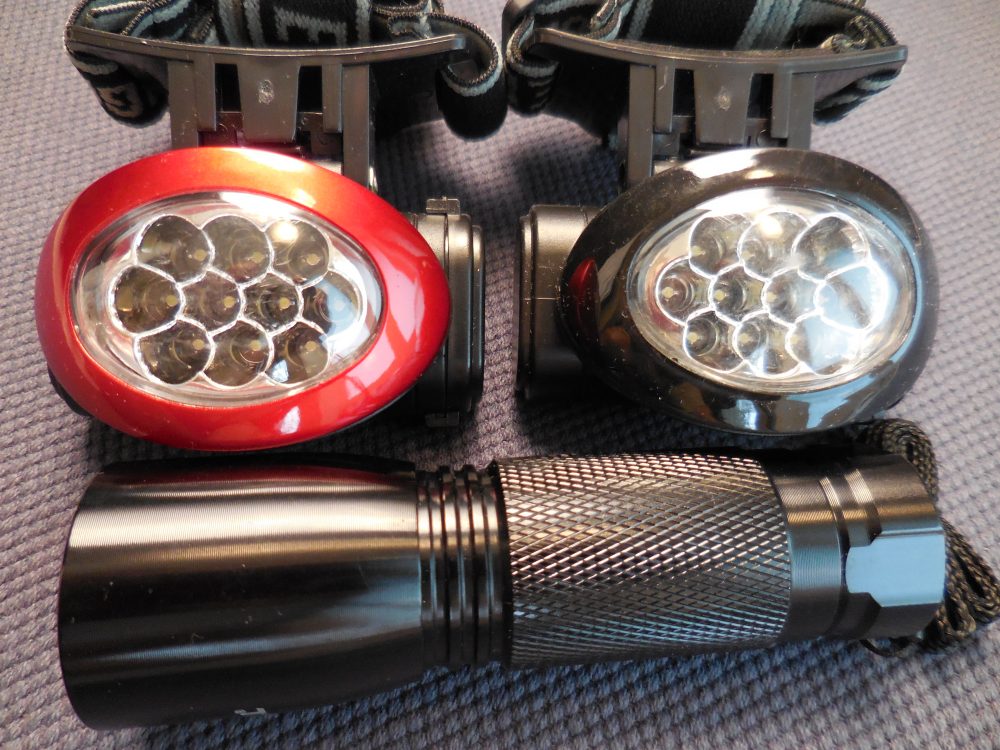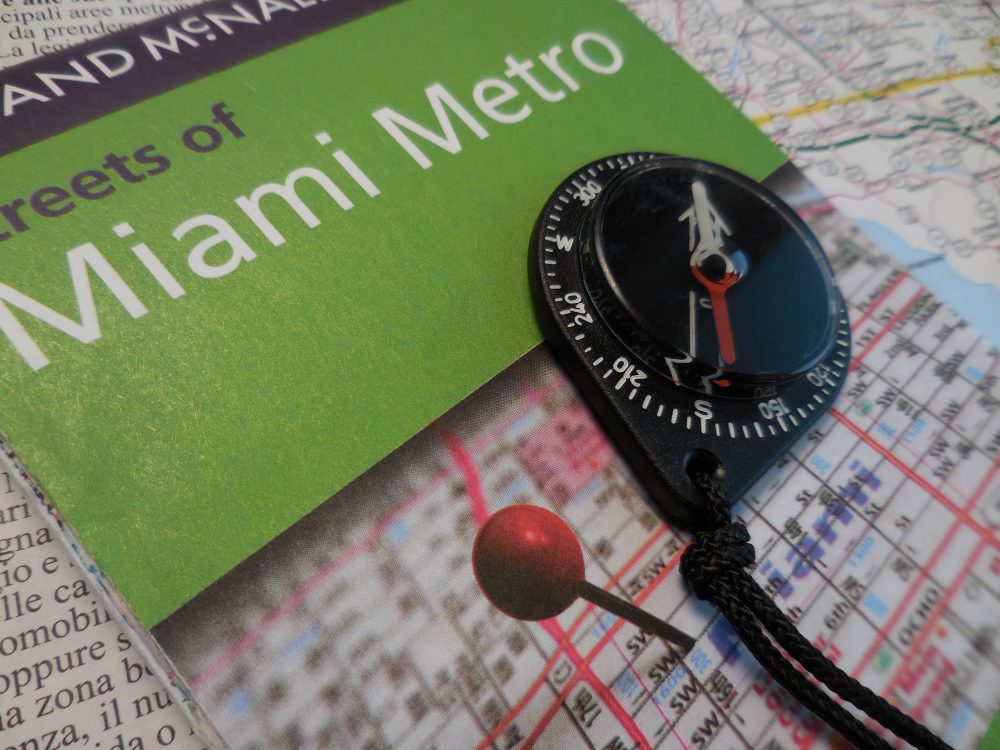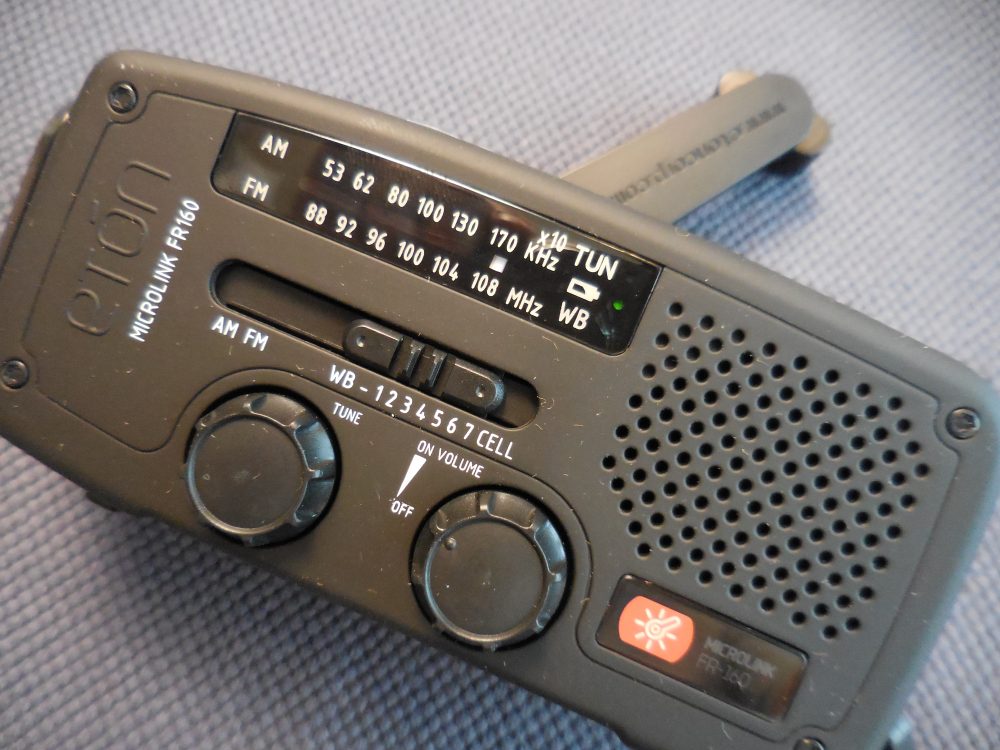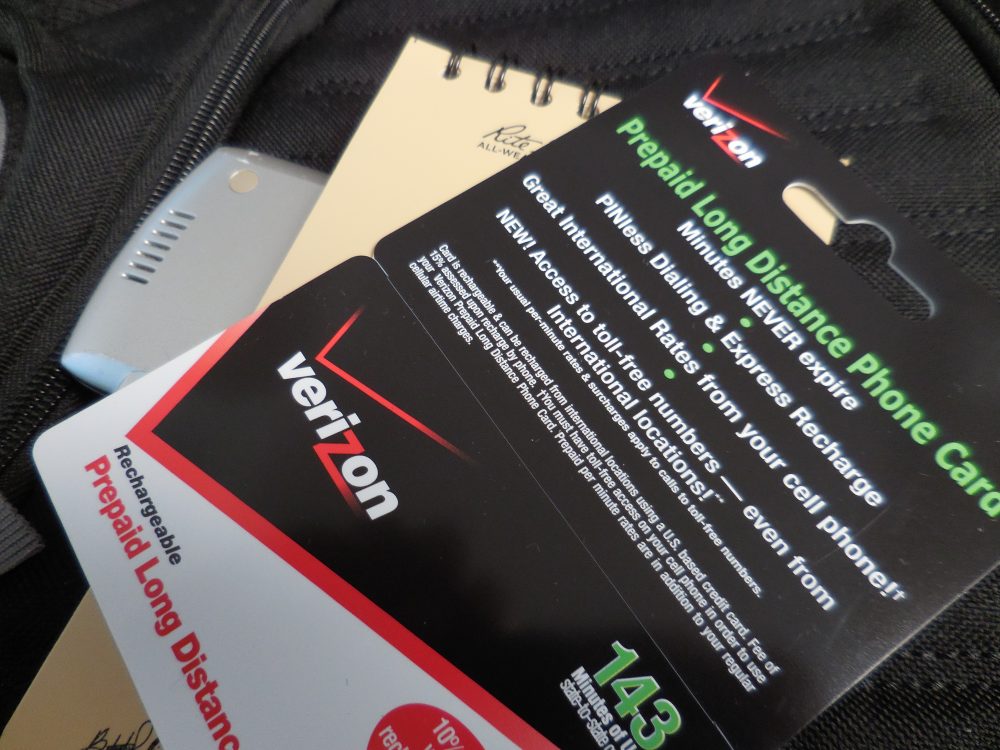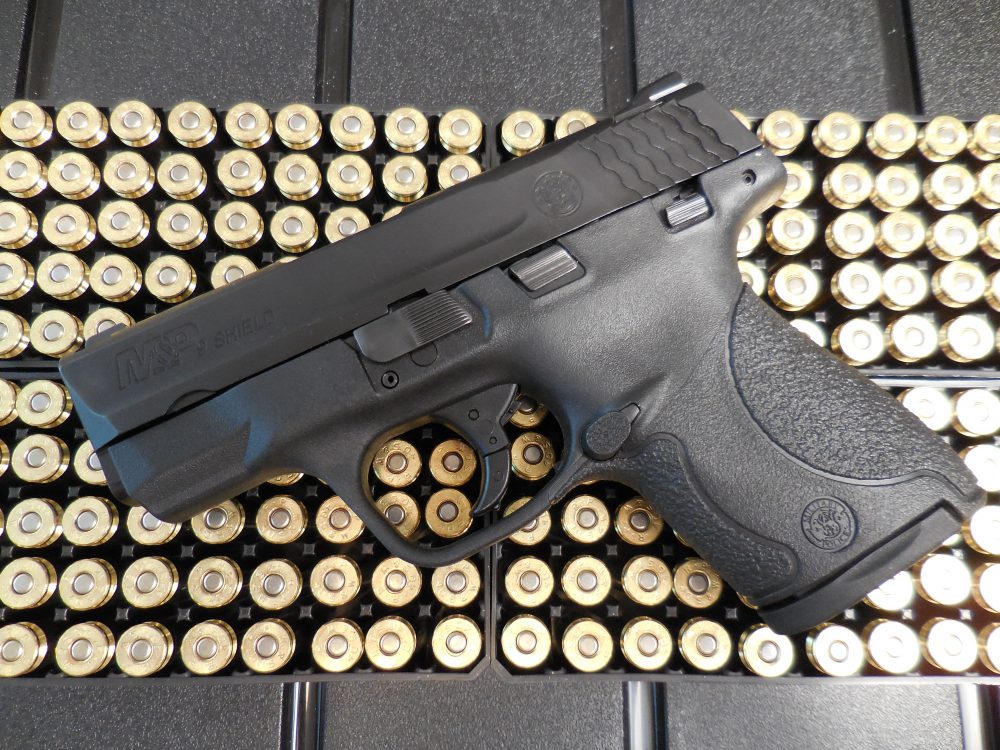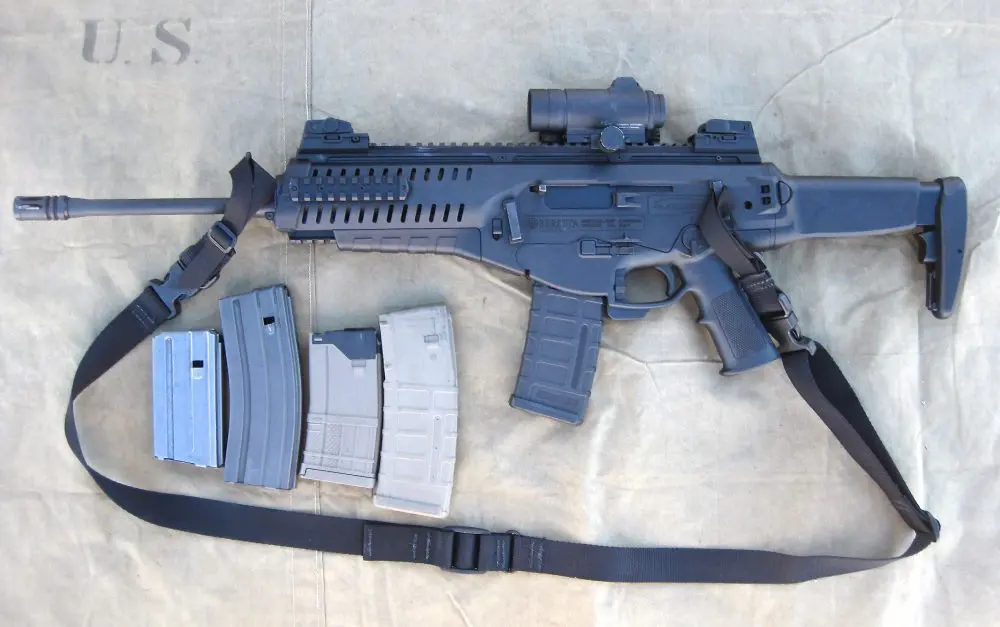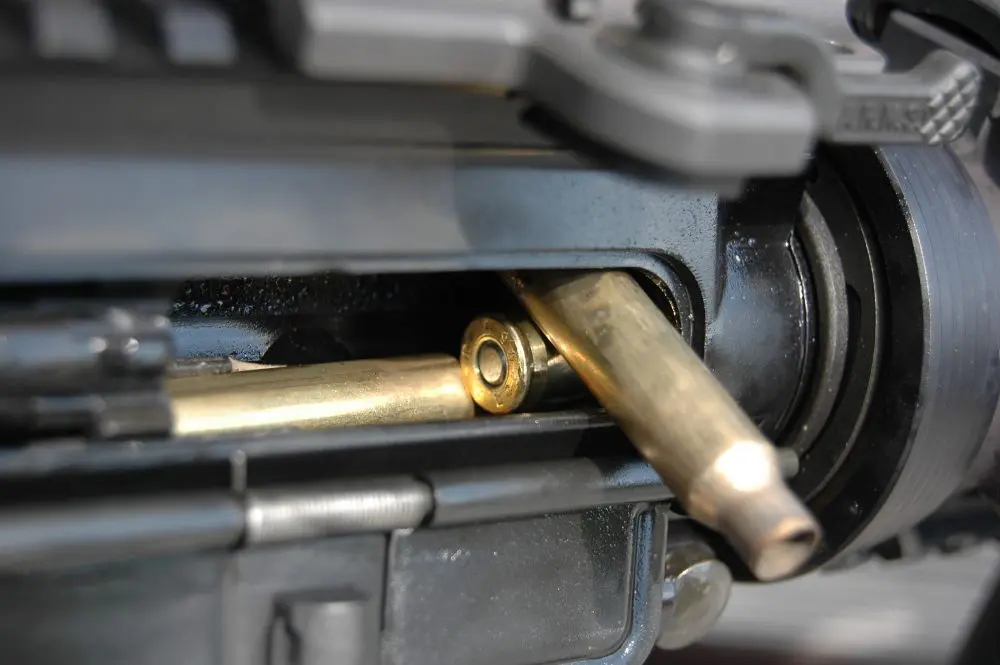If a disaster occurs while you’re away from your home (and your preparations), what do you do? Do you have a plan and the necessary supplies to help get you back home quickly and safely? Or will you find yourself among the many thousands of panicked, desperate people waiting for someone to come to their rescue?
If you live or work in a densely populated urban area, your situation will probably be far more difficult, since there will be many more people in need of rescue. Consider the terrorist attacks of September 11, 2001 and more recently the bombing at the Boston Marathon on April 15, 2013. Such events can shut down an entire town or city, including public transportation, major roads and bridges. Help will eventually arrive, but how soon?
If you want to get out of the danger zone and get back home, you’ll need to have a plan and resources for self-rescue and possibly self-evacuation. But as with any other sort of preparations, only the ones you make prior to the event will help you. The time to get started is now—before the next crisis is upon us.
Compact first aid kit to treat bleeds, burns, wounds, minimum three-day supply of prescription medications, and small lightweight case in which to keep it all organized.
Table of Contents
GETTING HOME
It is estimated that approximately 99% of the U.S. population is unprepared for any sort of natural or manmade disaster. If you’re among the estimated 1% that has made plans and stored supplies for a disaster, you no doubt have food, water, first aid, and other necessary preps safely stowed at your home.
But what happens if a disaster occurs while you’re away from home? What good will all those supplies do you? You may be many miles from your supplies and during a disaster, even an otherwise short distance can become a treacherous journey when roads, highways, bridges, and public transportation are compromised.
At that moment, you need a way to get home and reunite with your family and your preps, gear and equipment. To do that, you need to have not only a viable plan, but also the right supplies to help you get back home before the situation deteriorates further. You need a well-stocked and well-thought-out Get Home Bag (GHB).
Dual-purpose tools are invaluable during many potential crises.
THE GET HOME BAG (GHB)
A GHB is a close relative of the better known Bug Out Bag (BOB), but it serves a different purpose and fulfills an entirely different set of needs. The purpose of the BOB is to provide you with the necessary supplies to quickly leave your home and evacuate to a more secure location if your home becomes uninhabitable or unsafe. A BOB typically contains supplies for a period of no less than 72 hours, and is normally larger and much heavier than a GHB.
The main purpose of the GHB is to help get you back home from wherever you happen to be when a disaster occurs. Since many of us spend so much time at work, school or on the road, it makes sense to think ahead and plan for the unexpected.
A well-stocked GHB should contain supplies, tools, and gear to help you make it home in the aftermath of a crisis or disaster, but not so much that it becomes unmanageable or too heavy. This is a delicate balance that requires thought and planning. Depending on your circumstances—including where you spend most of your time, your medical and physical needs, and the climate where you live—your bag must be well-suited to the reality of your environment and situation.
High-intensity LED flashlight and head lamp are durable and affordable.
A GHB needs to be relatively small and lightweight. The idea is not to pack it with as much gear as you can fit, but rather to assess your needs, plan accordingly, and keep the weight and bulk manageable.
Remember that you will probably keep your GHB at your workplace, in your vehicle, or close to your person, depending on your schedule, routine and daily habits. The goal is to have your GHB as close as possible when a crisis occurs. If you spend lots of time at the office and take public transportation, you will probably keep it near your desk. If you drive to your workplace or work out of your vehicle, you’ll probably want to keep the GHB in your car.
If your situation doesn’t fit nicely into any of these conventional categories, you’ll need to be imaginative and inventive to come up with the best possible solution for your particular circumstances. But again, keep the GHB practical—if too large or too heavy, it will probably be left behind, defeating the purpose of having it in the first place.
Local map clearly marked with important locations and basic compass will help you navigate your way back home. Learn to use a map and compass well in advance of any emergency.
GHB BASIC SUPPLIES
This is a list of basic supplies to get you started:
- N95 masks, heavy-duty gloves, ear plugs, impact-resistant goggles. It will be very difficult to self-rescue if you can’t see, hear or breathe. Protecting your hands is also important.
- Compact first aid kit with a variety of the most commonly used first aid supplies, plus supplies to stop bleeding and treat wounds and burns.
- Three-day supply of prescription medications, extra pair of prescription eyeglasses/contact lenses.
- LED flashlight(s), LED headlamp, extra batteries, light stick(s) and lighter.
- Small folding knife and/or multi-tool.
- Small portable water filter.
- Bottled water, energy bars.
- Antibacterial gel, pre-moistened towels.
- Rain poncho, extra clothes, comfortable walking shoes, plus blister band aids or moleskin to protect your feet. Consider heavy-duty hiking boots in the event you need to walk through a ruined urban landscape of broken concrete and exposed rebar, for example in the aftermath of an earthquake.
Small hand-crank radio will help you stay on top of developing news and emergency announcements. Many incorporate a flashlight and cell phone charger—definite pluses during a crisis.
- Clothing that allows a range of movement and dries quickly, so you can ditch the business attire asap. Rotate clothing in the bag based on the time of year and expected weather conditions.
- Cash (small bills and some coins). ATMs and credit card equipment may be down or unavailable. Cash will allow you to make emergency purchases of food, water or other supplies, or maybe pay for a ride home.
- Copies of important documents (passport, driver’s license, and concealed weapons permits) in case you lose your wallet or purse.
- List of emergency contacts and phone numbers.
- Personal protection: lethal or non-lethal depending on your circumstances and the laws where you live and work.
- Map of your local area and a compass. Mark all important locations including hospitals, police and fire stations, and other places of interest. Learn in advance to read the map and navigate with the compass. You may be forced to take an unfamiliar route to get home, and GPS may not be available.
- Small portable crank radio, to keep informed and help you stay away from other disaster-affected areas. The crank feature ensures the radio will work without the need for any other power source.
- Extra cell phone and pre-paid calling card. Even during a power outage, landlines may still work. A calling card will allow you to call just about anywhere in the world from a landline.
Is this a complete list? Absolutely not! The single most important purpose of a GHB is to help you get home safely. As such, the list above is just a starting point. You’ll need to customize your GHB to suit your particular needs and circumstances.
Calling home after a disaster is one of the first priorities. You want to have a way to let your family know your status and location, and what they can do to help you.
GHB OR EDC?
A GHB is not to be confused with your Every Day Carry (EDC) items. Although EDC is a topic for another day, EDC items usually include a weapon of some sort, pocket knife, flashlight, small supply of emergency medication, extra cash, etc—you get the idea.
There is some obvious overlap between a GHB and EDC, but the GHB is larger and will usually be at a pre-determined location, whereas the EDC items will always be on your person. Again, every situation will be different, and your plans and preparations should reflect your particular circumstances and needs as much as possible.
Keep your GHB where you spend most of your time. Keep the contents of your bag current and rotate supplies when necessary. Every four to six months, test your equipment and make sure everything is in proper working order. Don’t throw your GHB in a closet or drawer and forget about it. The day you need it, you will need it desperately.
Personal protection is always a top priority, but especially so during a public emergency. Never underestimate the importance of getting proper training, regardless of how you choose to defend yourself.
WRAP-UP
During a crisis it’s not uncommon for otherwise rational, level-headed people to become completely paralyzed with fear and shock. The better prepared you are, the better your chances for survival. Getting home after a disaster is never easy, but having a plan and the right supplies will increase the odds in your favor.
The main purpose of the GHB is to ensure you have the supplies, gear and equipment to get out of the danger zone and help you get back home from wherever you happen to be when a crisis occurs.
Richard Duarte is a practicing attorney and currently teaches and consults in the areas of urban survival planning and preparation. He is the author of Surviving Doomsday: A Guide for Surviving an Urban Disaster. For the latest news and updates, connect with Richard on www.survivingdoomsdaythebook.com
